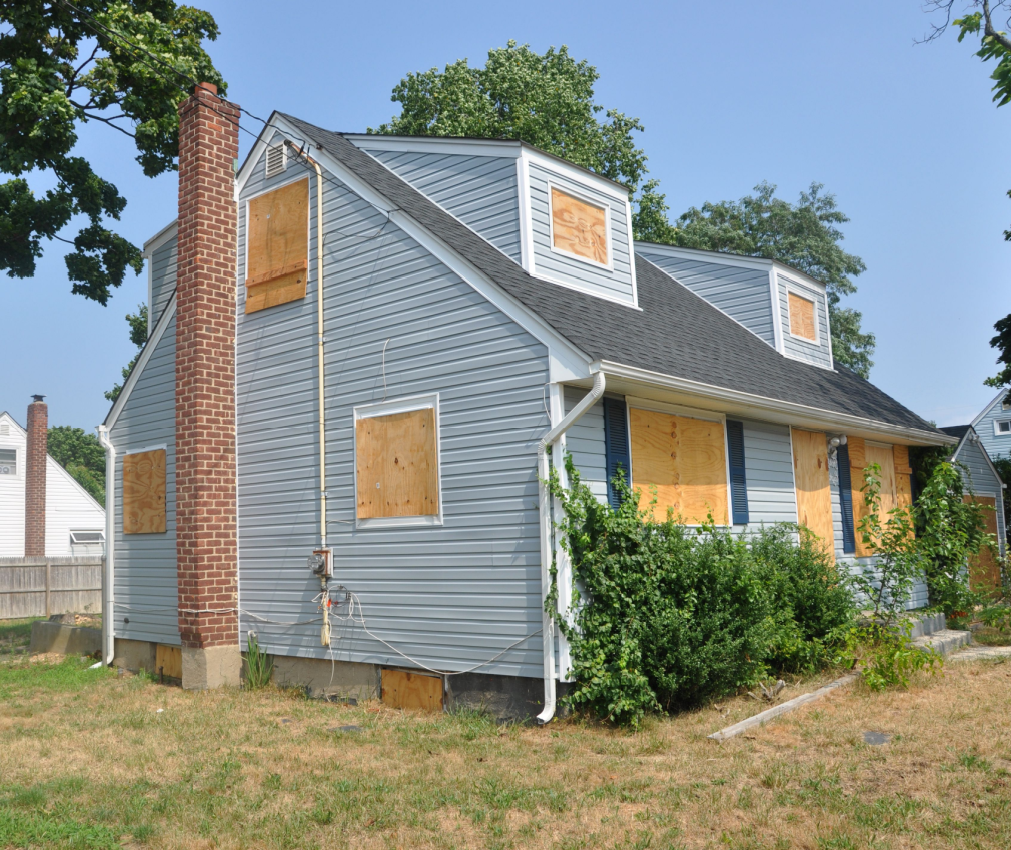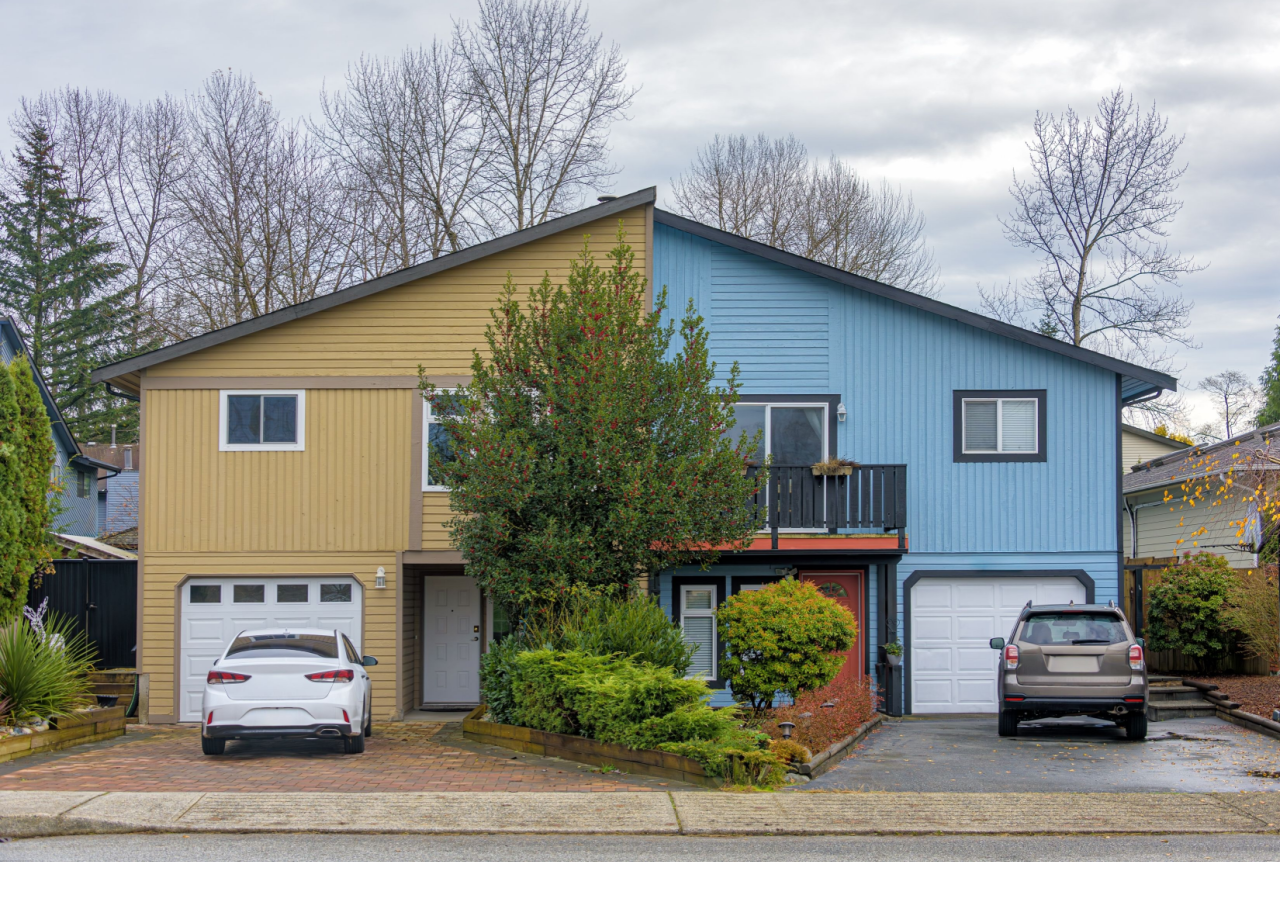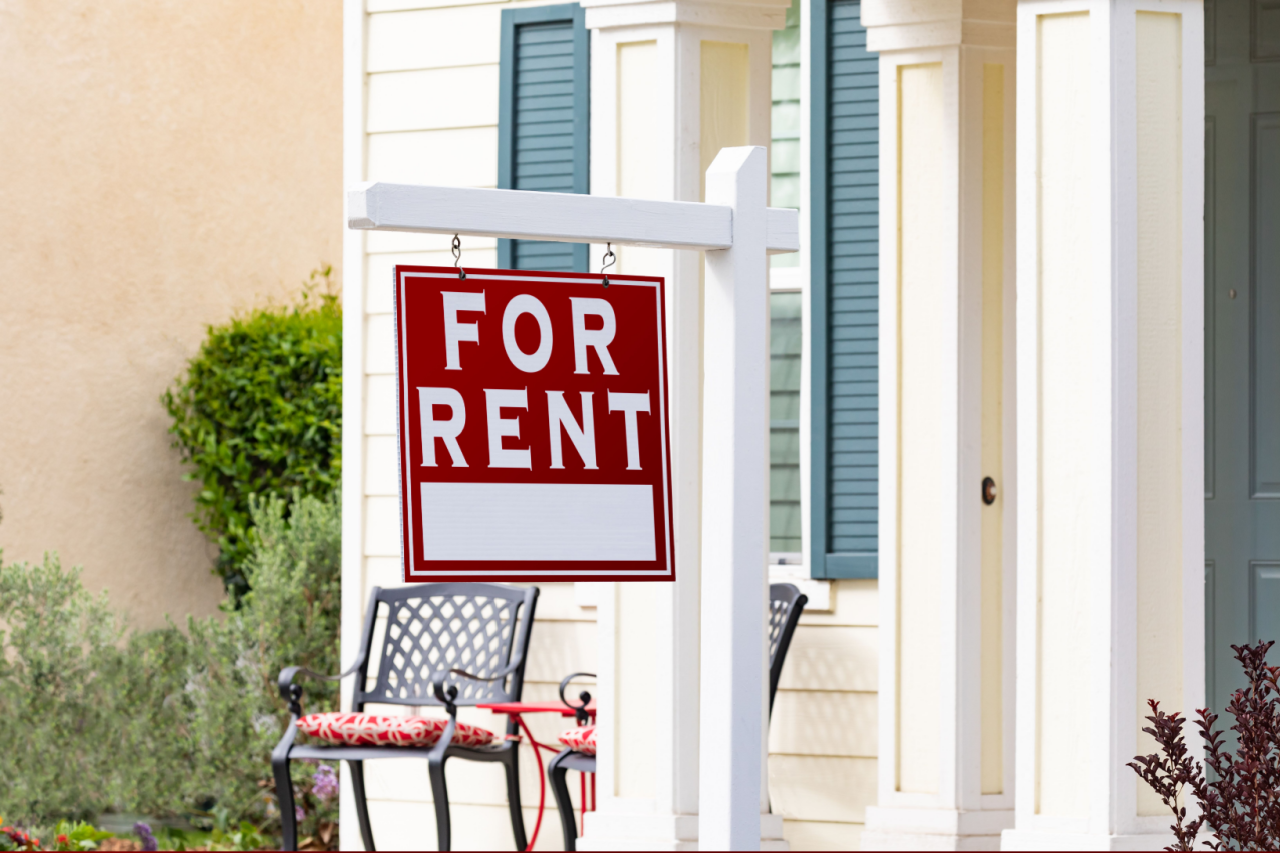Investing in distressed properties can be a lucrative opportunity for real estate investors looking to secure properties at below-market prices and unlock their potential value. However, these investments come with unique risks and challenges, so it’s crucial to weigh the pros and cons before diving in.
Hidden gems—the kind of properties everyone else overlooks

Distressed Property: What It Is And How To Invest
Have you ever wondered how some investors always seem to spot hidden gems—the kind of properties everyone else overlooks? More often than not, those hidden gems are a distressed property.
They might not look like much at first glance, but for those who know what to look for, they hold incredible potential. So, you just need to know how they work, their pros and cons, their types, and how to invest in them.
Let’s break them down and explore why this strategy continues to attract smart investors everywhere.
What is a Distressed Property?
We often come across properties with stories that took an unexpected turn—these are what we call distressed properties. These homes are typically under foreclosure, in pre-foreclosure, or have already been repossessed by a lender or bank.
But what actually makes a property “distressed”? It usually starts when a property owner falls behind on mortgage payments or property taxes. Sometimes, life throws the owner curveballs—like divorce, bankruptcy, or forced liquidation—which can also lead a property down this path.
Now, you might be asking the big question: Should you buy a distressed property? Stick with us as we break down the pros and cons to help you decide if this type of investment is the right move for you.
Pros and Cons of Investing in Distressed Properties
Pros
- Oftentimes, you can buy distressed properties at a fraction of their market value. This lets you get real estate at bargain prices. Then, you can tap into potentially significant profit margins when you rent out or sell the property after improvements. For investors with a keen eye for undervalued properties, these deals present unique opportunities to maximize returns.
- Renovating distressed properties doesn’t just restore their functionality. It also elevates their market appeal and value. If you make upgrades, you can attract higher-paying tenants or buyers. By unlocking the hidden potential of a neglected property, investors can turn an underperforming asset into a lucrative investment.
Cons
- Frequently, distressed properties require substantial repairs or renovations to bring them up to a livable or marketable condition. These improvements often come with high upfront costs. Also, they can take significant time to complete, especially if you’re dealing with major structural issues or outdated systems. For investors, it can be hard to balance managing these projects effectively and staying within your budget.
- Properties in distress are often tied to legal or financial complications, like unresolved liens, unpaid taxes, or foreclosure proceedings. These issues can be complex to resolve and may require specialized knowledge or legal assistance. In turn, this can contribute to your investment’s overall cost and difficulty.
Get a Free Multifamily Loan Quote
Access Non-Recourse, 10+ Year Fixed, 30-Year Amortization
Types of Distressed Properties to Invest In
Distressed properties fall into various categories. Understanding them helps you choose the best fit for your investment strategy.
- Foreclosures: Foreclosures happen when a homeowner can’t make mortgage payments. The lender seizes the property to recover the owed amount. Oftentimes, they sell these properties at auctions, where investors can purchase them at below-market prices. However, foreclosures can involve risks, such as unknown property conditions or hidden liens. So, it’s critical to do your due diligence.
- Preforeclosures: Preforeclosures refer to properties in the early stages of foreclosure. In these early stages, the homeowner struggles to keep up with mortgage payments but still owns the property. During this period, the owner may want to sell the property a discount to avoid foreclosure and all the strings attached to it. This can be a win-win for investors and sellers, but it often requires you to negotiate and get approval from your lender quickly.
- Short Sales: Short sales happen when a property is sold for less than the outstanding mortgage balance, typically with the lender’s permission. Sellers who face financial challenges may opt for this to avoid foreclosure. In turn, that gives investors the chance to buy at a discount. However, the process can be time-consuming and, again, involve extensive negotiations with the lender.
- Bank-Owned (REOs): Real estate-owned (REO) properties are ones that didn’t sell at foreclosure auctions and are now owned by the bank or lender. Banks often want to offload these properties quickly, which incentivizes them to sell at favorable prices. However, investors may face competition and need to navigate the bank’s selling conditions.
- Tax Liens or Sales: Local governments may sell properties with unpaid taxes to recover the owed amount, often through tax lien auctions or tax deed sales. Then, if the property owner still doesn’t pay their taxes, investors can purchase the liens or deeds and possibly gain ownership. While this can grant you significant profits, it requires that you understand local laws and assess property risks carefully.
- Abandoned or Neglected Properties: Oftentimes, owners leave properties vacant or in disrepair because they’re unable or unwilling to maintain them. Investors can acquire them at discounted prices and restore them for resale or rental. However, depending on how neglected the property is, it may require you to undergo substantial rehabilitation work.
- Probate Sales: With probate sales, people sell properties as part of estate settlements after the owner has passed away, oftentimes to distribute assets among heirs. The heirs may want to get the property off their hands quickly, which can translate to a cheaper sale for you. That said, the process can involve legal complexities, like court approvals, so investors must jump through those hoops.
- Divorce or Bankruptcy Sales: When homeowners go through financial or legal issues, such as divorce settlements or bankruptcy filings, they may need sell their properties quickly. Since the sellers are pressed for time, they may be willing to sell the homes for lower prices. However, investors may need to act quickly and navigate any legal or financial issues involved with the property.
How to Invest in a Distressed Property
As you can see, this strategy can be a great, lucrative investment. You buy a distressed property at a reduced price and sell it at a higher price. Now, let’s see how you can invest—and even get a better deal in by a step-by-step process:
1. Set a Budget
Before you start looking, set a clear budget for your distressed property investment. Make sure you factor in the following:
- Purchase price
- Estimated renovation expenses
- Property taxes
- Insurance
- Potential legal fees
- Contingency fund for unexpected costs
All these factors will come into play throughout your process.
2. Secure Finances Early
Distressed properties don’t wait around—they move fast. That’s why having your finances ready to go puts you in a strong position. Cash offers often stand out because they make the process quicker and easier for sellers who are eager to close the deal.
3. Find Distressed Properties
One of the biggest challenges of investing in distressed properties is actually finding them. These deals are in high demand, especially in a hot real estate market where many investors are on the hunt. But don’t worry—there are smart ways to track them down:
- Drive for Dollars: This old-school method still works! Spend some time driving through neighborhoods and look for signs of neglect—overgrown lawns, piled-up mail, boarded windows, or properties that just look abandoned.
- Auctions: Banks and lenders often sell distressed properties at public auctions to recover losses. It’s a great place to spot potential bargains—but be ready to act fast!
- Probate Courts: Properties tied up in probate are often sold to settle estates after death, divorce, or bankruptcy. Check your local probate court listings for opportunities.
- Tax Records: Delinquent property tax records can lead you to owners in financial trouble who may be motivated to sell. Your county tax office is a good place to start.
- Online Resources: Don’t underestimate online searches! Websites like the Multiple Listing Service (MLS) often list foreclosures, bank-owned properties, and short sales. Other specialized real estate platforms can also offer valuable leads.
4. Do Your Due Diligence
Carry out a comprehensive inspection before finalizing the purchase to avoid costly surprises. It’s a smart move to work with professional home inspectors. They’ll help you spot issues with the structure, plumbing, electrical systems, roofing, and more, saving you time, money, and stress down the line.
5. Make the Offer
Once you’ve found the right property, it’s time to negotiate for the best deal. Start by researching comparable properties in the area to understand the fair market value. Use any repair needs or property issues as leverage to negotiate a lower price. The more informed you are, the stronger your bargaining position.
6. Close the Deal
Once your offer is accepted, it’s time to finalize things. Work with your team—your real estate agent, attorney, or title company—to handle the paperwork and wrap up the transaction. Make sure any outstanding issues, like liens or title problems, are sorted out. Before you sign anything, take the time to review all documents carefully. Every detail matters at this stage!
7. Renovate Wisely
Focus on renovations like upgrades that would attract the highest ROI. Renovate the kitchen, bathroom, energy-saving improvements, and more. Also, consider updating the property to what is trending to appeal to potential buyers or tenants.
8. Sell or Rent for Profit
Choose an exit plan that aligns perfectly with your financial goals. You can either list the property at a competitive price or market it for renting. This is where property managers come in.
Transform Your Distressed Property into a High-Performing Asset!
To recap, a distressed property is one that is under financial strain, whether it’s because the owner is defaulting on mortgage payments, has unpaid taxes, or has neglected the property. Many times, these properties are sold below market value, so investors can acquire them at a discount. To invest, you’ll need to thoroughly research the property’s condition and legal status, assess renovation or repair costs, and secure financing, all while understanding the risks involved.
Source: Bay Property Management Group















 Accessibility
Accessibility